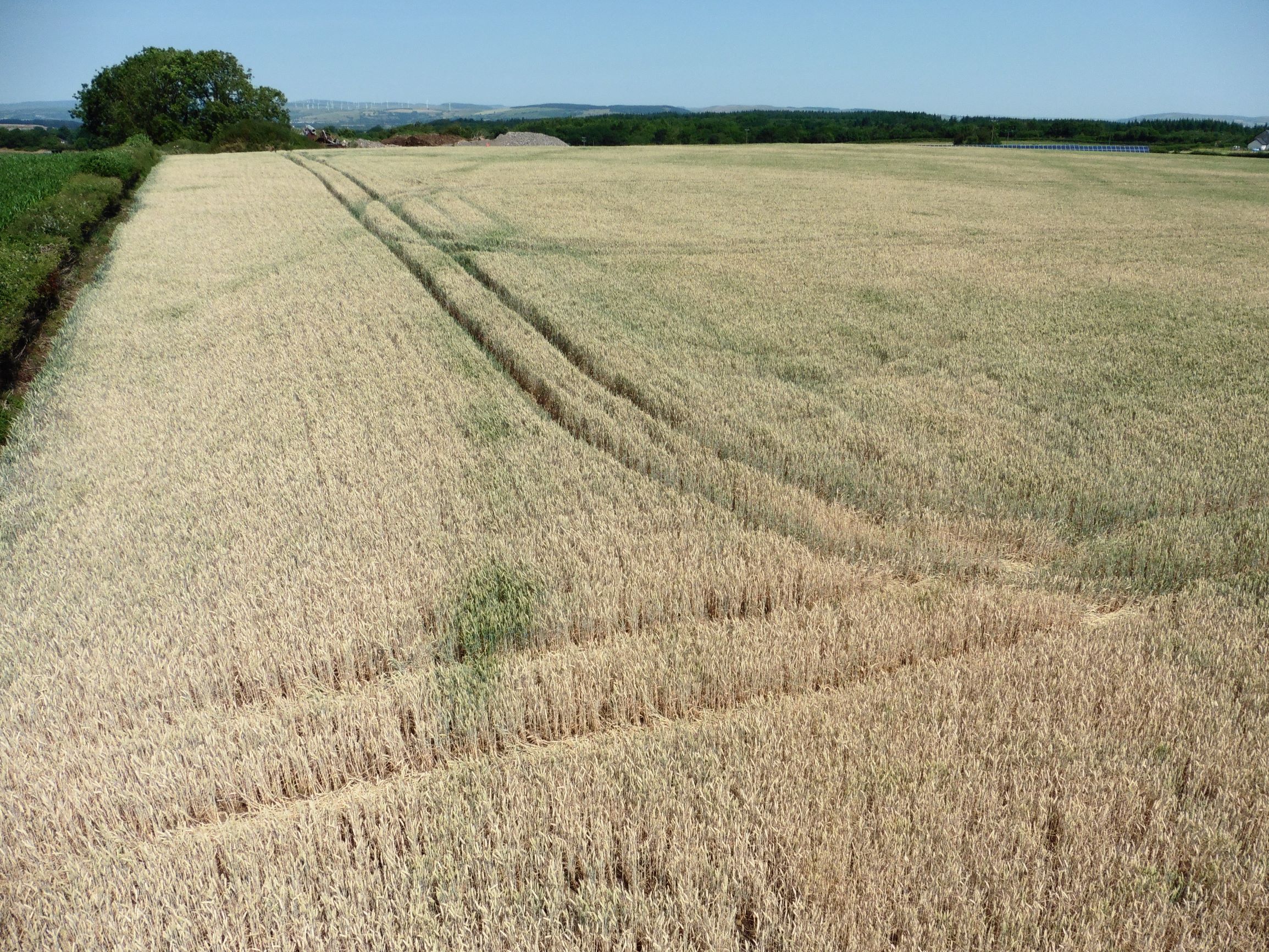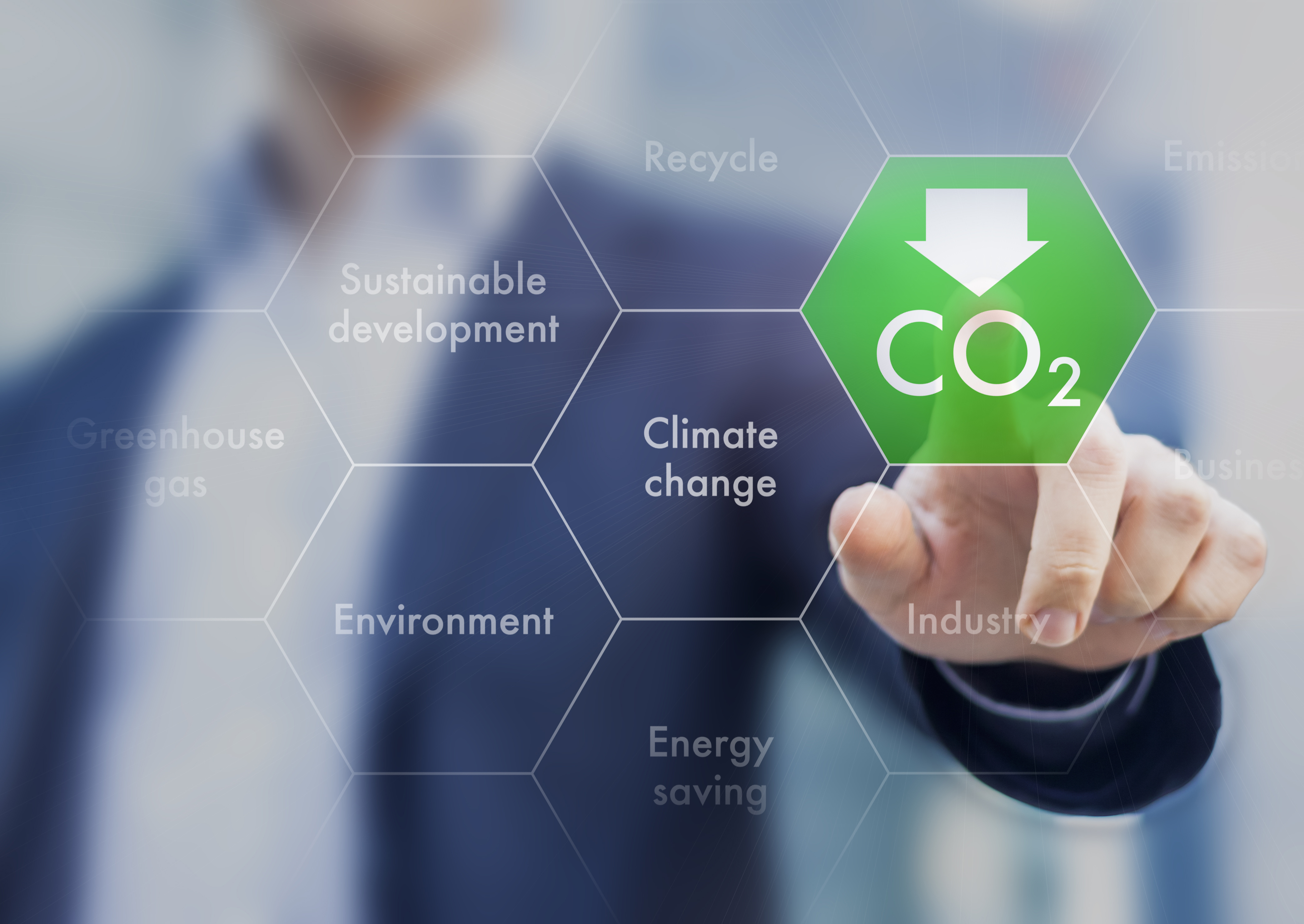



Extreme heat and drought threatens $500 billion in new US costs by 2050
Worsening extreme heat is likely to significantly boost economic and public health costs in the United States without a major course correction on climate change, researchers said in a report published on 31 August.Reuters reports that the annual economic costs, which could spike as high as $500 billion by 2050, would disproportionately affect minority groups, according to the report from the Atlantic Council, a Washington-based think tank.


The United States could also suffer 59,000 heat deaths a year by 2050 under business-as-usual action on climate change, the study found, particularly in already hot areas such as Arizona, southern California and southwest Texas.
The report "helps people begin to see the magnitude of this crisis, both financially and to our health,” said Kathy Baughman McLeod, senior vice president of the group's Adrienne Arsht-Rockefeller Foundation Resilience Center.
The study looked at the potential economic impacts of continuing business-as-usual emissions compared to the impacts likely with continuing “normal” years - not particularly warm ones - like those between 1986 and 2005.
If additional climate change is avoided, the United States would lose, on average, about $100 billion each year in labor productivity due to extreme heat, based on historical trends and 2020 economic data, the report projected.
But without meaningful emissions cuts or efforts to adapt to higher temperatures, annual losses could hit $200 billion by 2030 and $500 billion by 2050 - about 1% of the projected size of the economy in 2050, the report found.


Researchers estimated that without “concerted action” to slow climate change, about 30% of the projected US population could expect by 2050 to experience at least 100 days per year where the daily maximum temperature tops 90 degrees Fahrenheit (32 Celsius).
That’s six times the percentage of people who would face such heat without additional climate change.
The projections are based on historical climate data and scientific models that estimate emissions scenarios between 2021 and 2060, the report said.
Sectors that involve a significant amount of outdoor labor, such as agriculture and construction, would be disproportionately affected, as would services industries, whose workers could struggle without sufficient air conditioning access.
Black and Hispanic workers are likely to face productivity losses 18% greater than non-Hispanic white workers because they tend to live and work in more heat-exposed regions, the report said.
“This is another layer of discrimination and inequity,” Baughman McLeod said.
Economic losses would come in part from reduced farm yields. The state of Illinois' could face as much as $1.6 billion a year in heat damage to major crops by 2050 under a business-as-usual scenario for climate-changing emissions, the report estimated.
The implications of a projected 10% drop in US corn yields in key regions by 2050 due to unchecked emissions and extreme heat would not be limited to the country's borders, researchers said.


“With the United States accounting for nearly a third of global corn exports, the economic consequences could be internationally significant,” the authors wrote.
Negative effects from extreme heat could be more insidious than those from more immediate high-profile events like the wildfires and hurricanes now affecting the United States.
The study pointed to a July report from University of California, Los Angeles, researchers that found hot days increase injuries among both indoor and outdoor workers, in part as high temperatures affect concentration.
The United States could see 450,000 job-related injuries annually by 2050 without significant action on climate change, Atlantic Council researchers found.
“We don’t want people to despair, but we do want to begin to put some quantification behind this to bring the awareness of how deadly this risk is and then bring in the solutions,” Baughman McLeod said.









